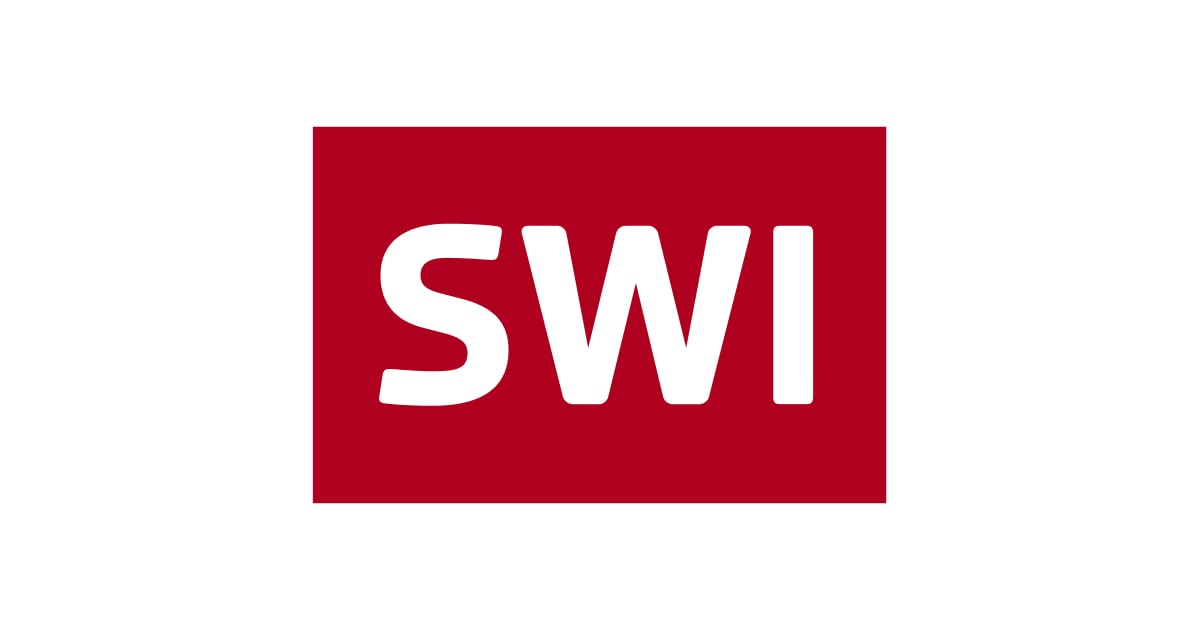
Alps once again shoulder the image of Switzerland abroad
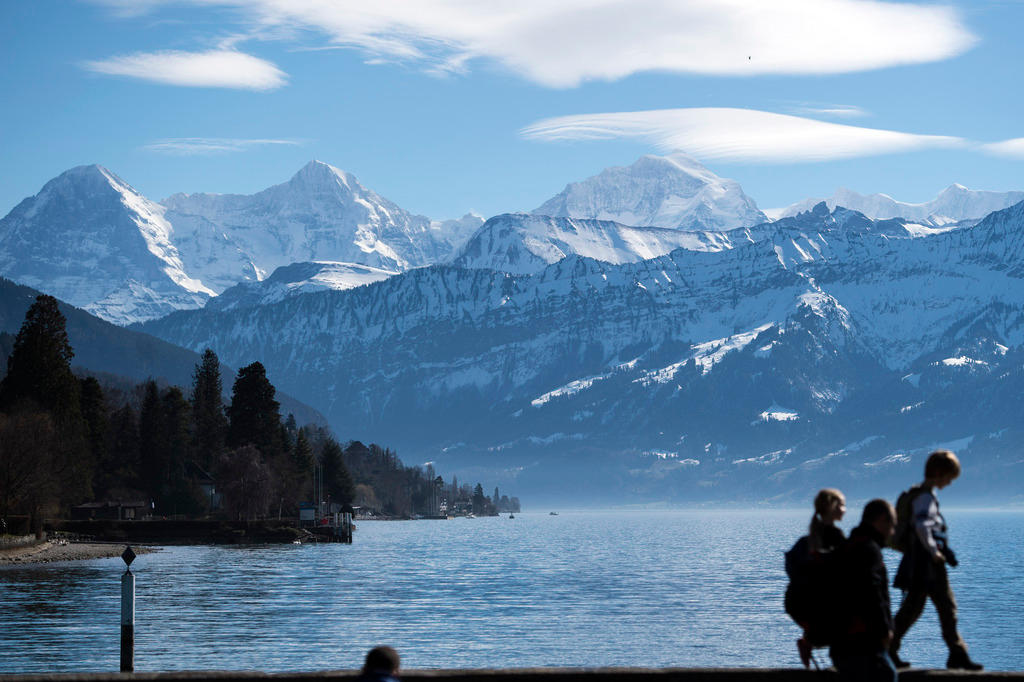
Switzerland’s mountains, long the emblems of its image abroad, were once again the central focus of international attention in 2017, according to media analysis by Presence Switzerland. For good or for worse.
Presence SwitzerlandExternal link, which conducts an annual monitoring exercise tracking the most popular images of Switzerland in foreign media, said that a renewed interest in Switzerland’s Alpine DNA was sparked by several dramatic, climate-change-related events in 2017.
August saw a massive landslide in Bondo, Canton Graubünden, which claimed the lives of eight hikers. Some months previously, the ongoing phenomenon of receding glaciers threw up another grim surprise in canton Valais: the 75-year-old corpses of a couple who had gone missing in 1942.
And in April, iconic mountaineer Ueli Steck died while preparing for an ascent of Mount Everest, a story that had an impact not only nationally but also abroad.
Such events, the international resonance of which attest to a lasting interest in the unpredictable power of the mountains, had both a positive and negative impact for the country’s image, said Presence Switzerland. While they show the ongoing threat of global warming to the country’s geography, the response to events such as Bondo and the Trift glacier collapse also show the risk management readiness of Swiss rescue infrastructure.
Tall tales
Presence Switzerland head Ambassador Nicolas Bideau explained the interest: “Our mountains are incredible sources of storytelling,” he said. “At once so beautiful and yet terribly dangerous, they fascinate the media of the whole world and have shaped our image this year more than ever before.”
To demonstrate (and quantify) this even further, the group also analysed millions of Instagram posts about Switzerland to track the most popular topics. Alongside food and luxury goods, naturally, were the photogenic mountains and rugged scenery – see the word-cloud below for an overview of the most popular subjects.
Over 6 million pictures related to #SwitzerlandExternal link posted on #InstagramExternal link in 2017! @HofSwitzerlandExternal link analyzed the photo sharing platform to understand how the country is perceived. 📸🏔🇨🇭 Sneak peek of the results: pic.twitter.com/60NxNczPrhExternal link
— House of Switzerland (@HofSwitzerland) 17. Dezember 2017External link
In other news…
Of course, if the old image of snowy mountains and glaciers may serve Switzerland well – as shown by its strong eighth place in the annual Nation Brands IndexExternal link of country perceptions – it wouldn’t do to get bogged down in just a single cliché.
Thus, the recurring figure of Roger Federer, who won Wimbledon for the eighth time this year (a record) was also responsible for driving attention towards the country; while its political system and ever-occurring popular votes also garnered media attention, particularly those on corporate tax reform and the naturalisation of third-generation foreigners.
Internationally, however, Switzerland bucked the usual trend of boredom by getting into the news for the tensions it ran with Turkey in the lead-up to the latter’s controversial constitutional referendum in April.
Back in January, too, the spotlight was shone – as it is each year – on the small mountain village of Davos, where in 2017 possibly the world’s most powerful man, Xi Jinping of China, touched down for a highly-anticipated speech at the World Economic Forum.
But as regards the face of the year, perhaps that accolade will go to the unassuming good humour of a 75-year-old chemist from Lausanne. For his work on microscope imaging, Jacques Dubochet was proclaimed in October Switzerland’s 26th Nobel Laureate. Not to be the last…

In compliance with the JTI standards
More: SWI swissinfo.ch certified by the Journalism Trust Initiative
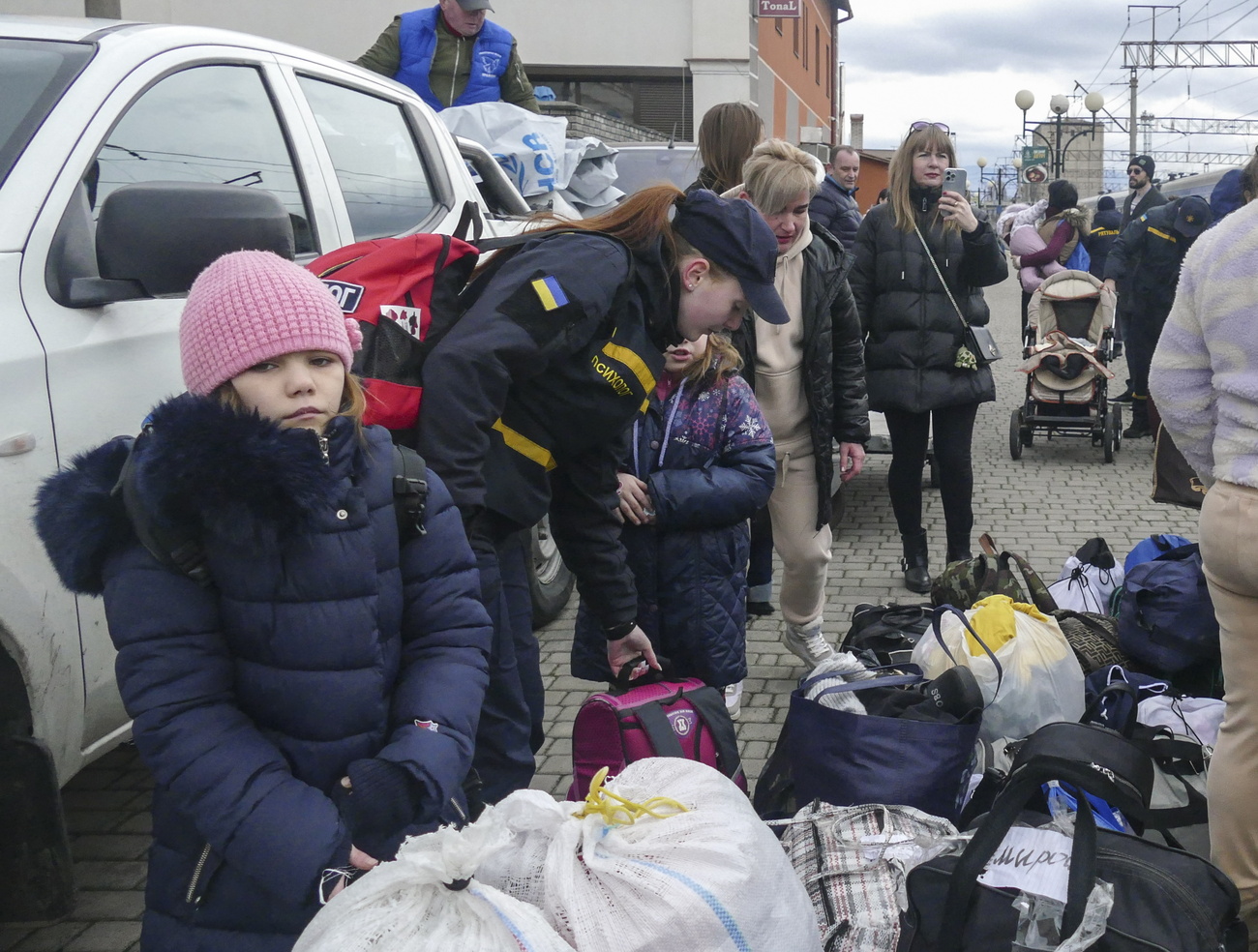
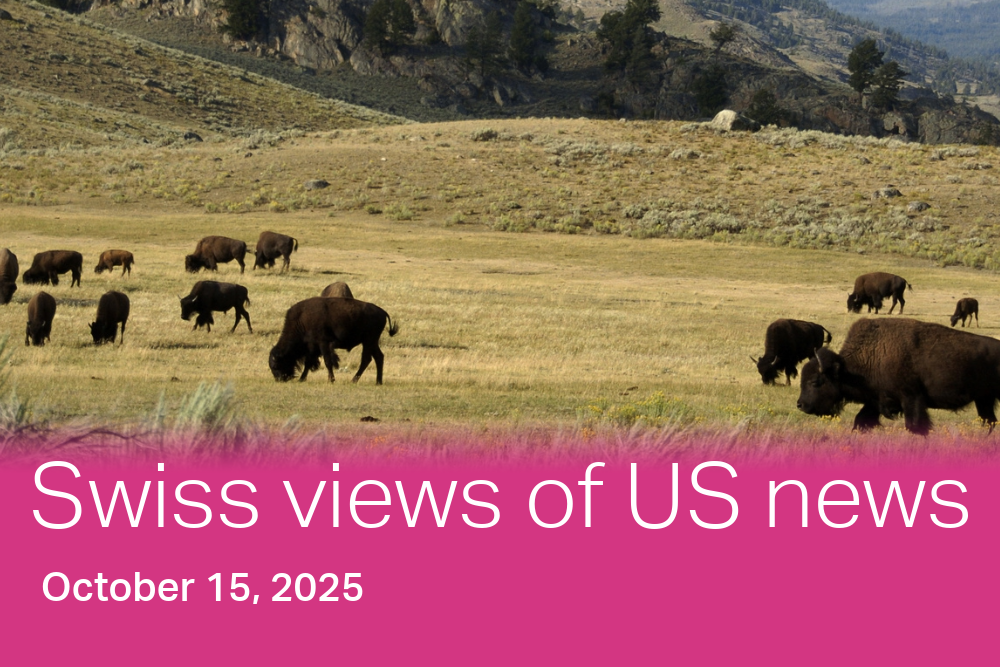


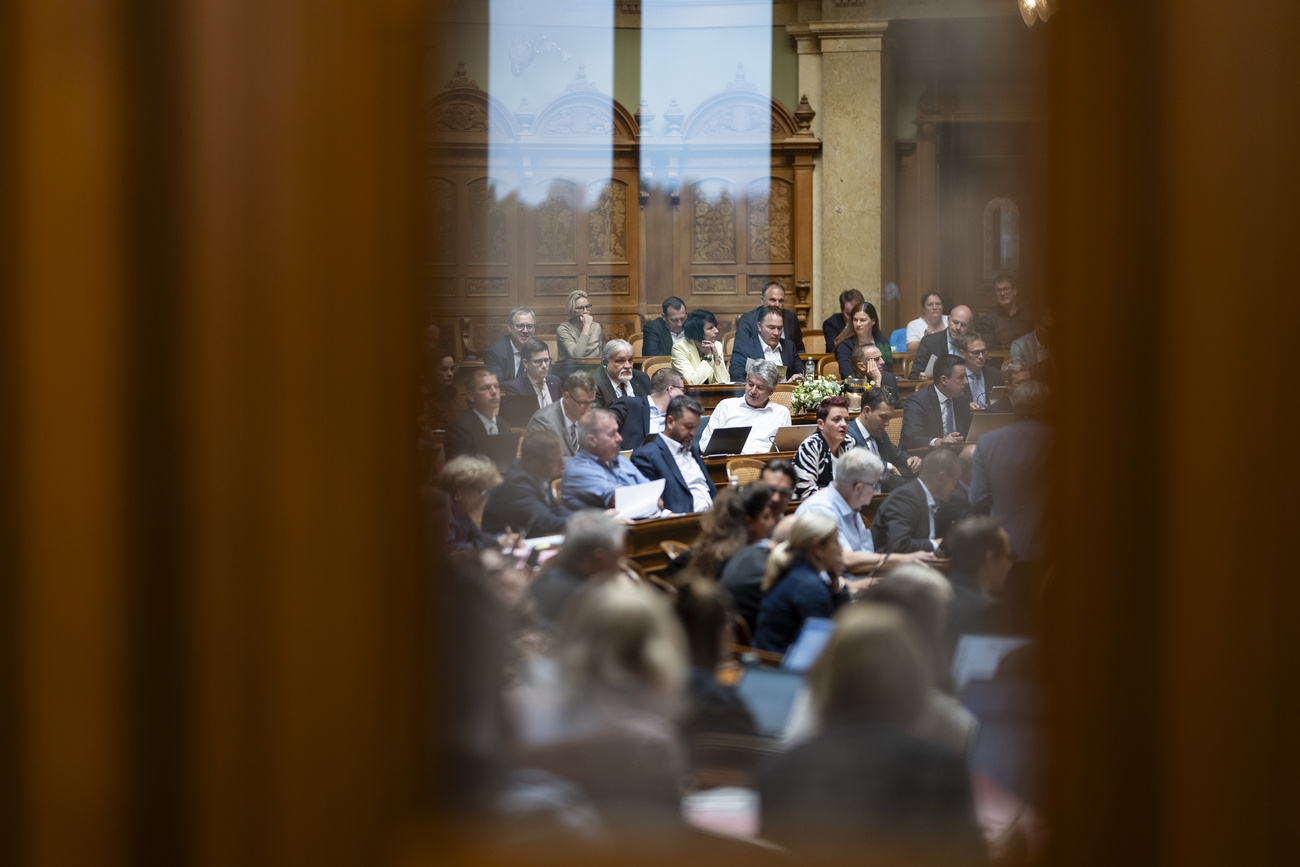
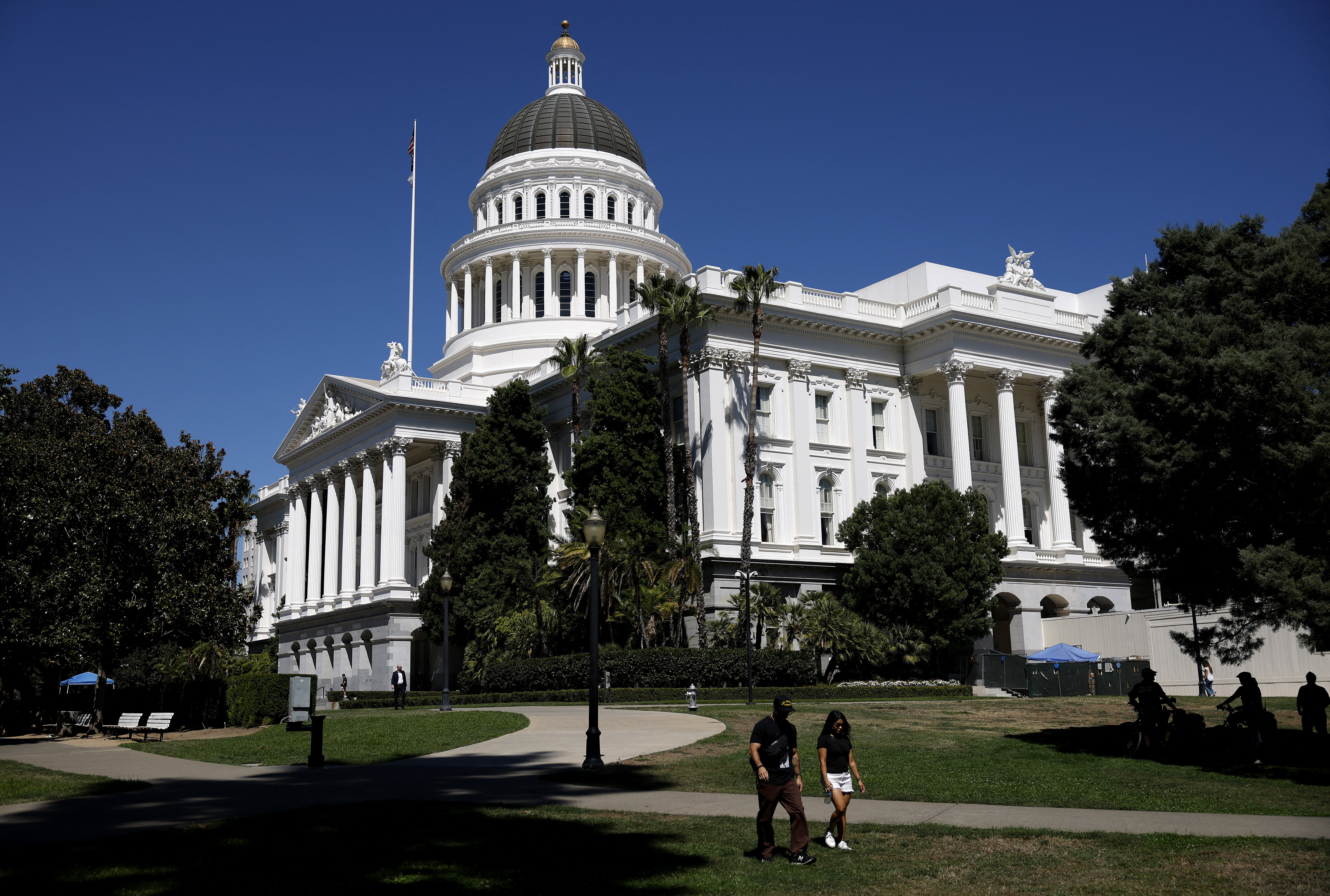
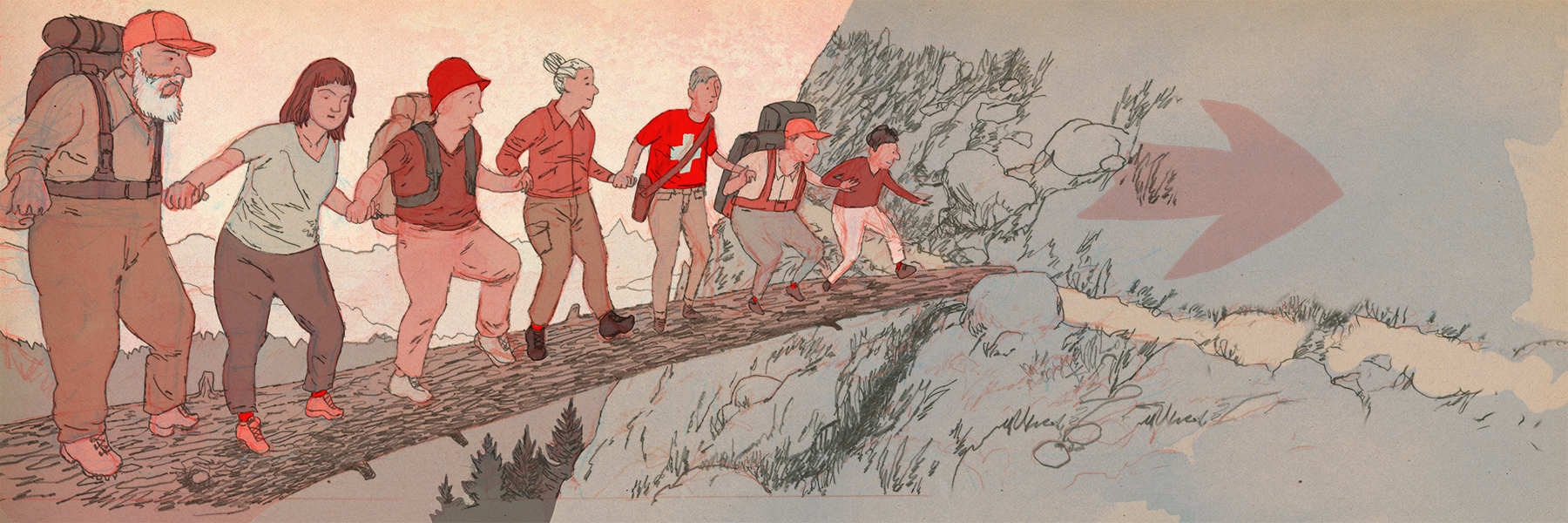








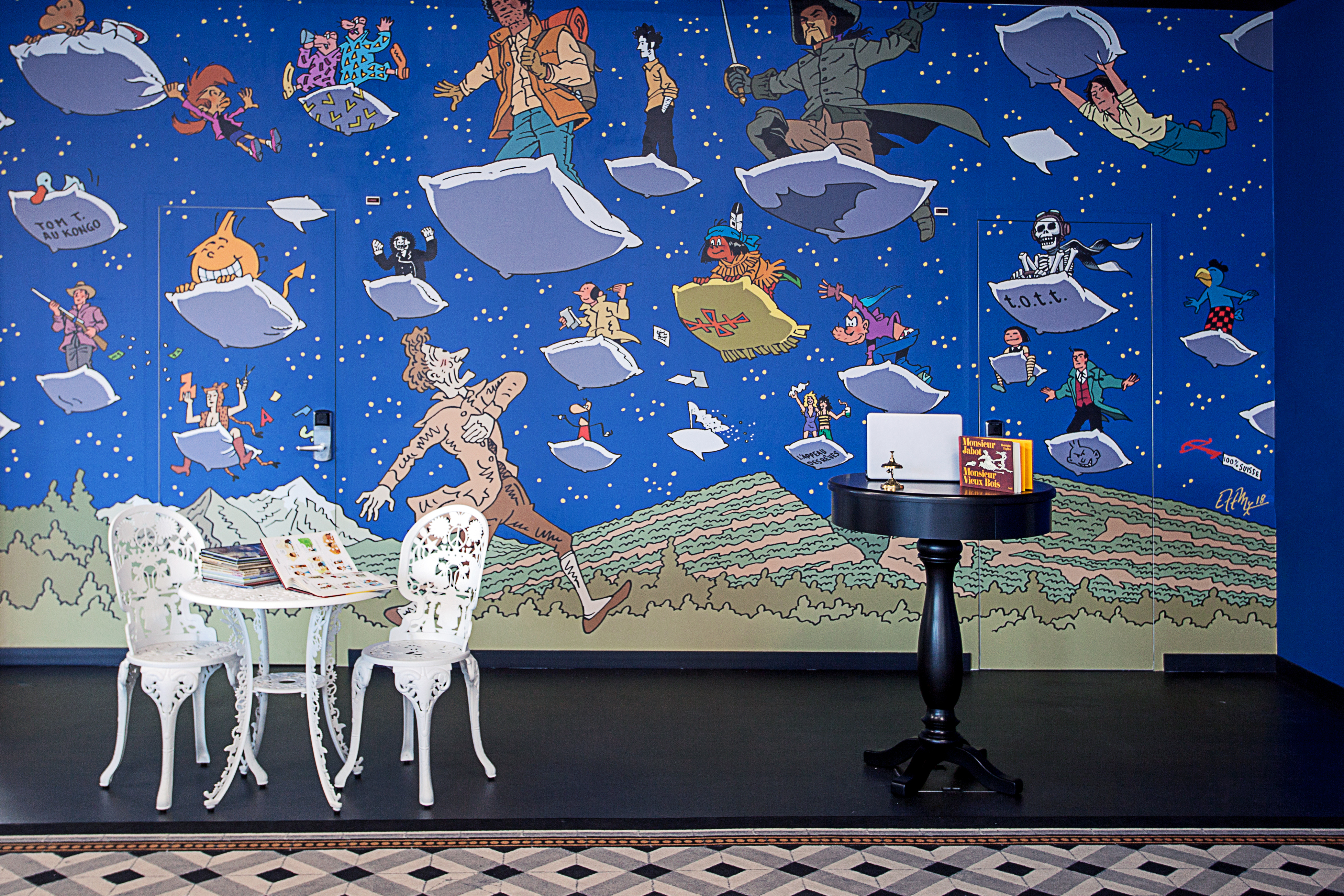











You can find an overview of ongoing debates with our journalists here . Please join us!
If you want to start a conversation about a topic raised in this article or want to report factual errors, email us at english@swissinfo.ch.